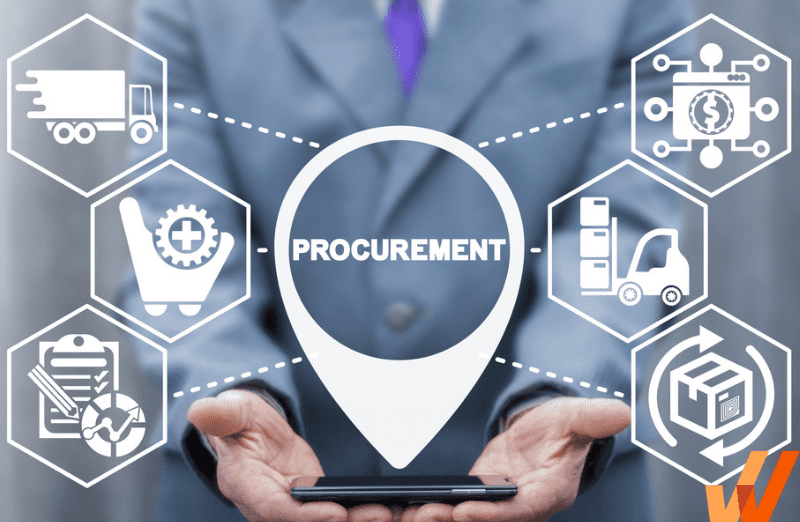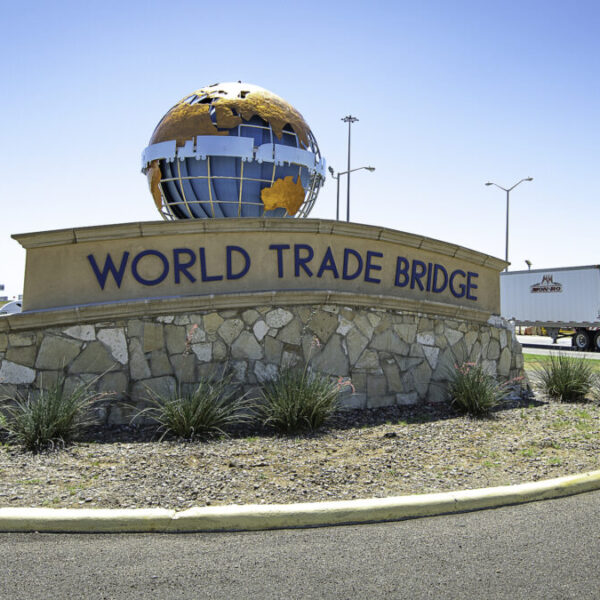Boosting procurement efficiency in business is key to cutting costs and ensuring supply. With procurement being a big expense, even small gains can generate major savings. In this post, we’ll look at best practices to improve procurement process.
Consolidating the procurement process allows for more leverage with suppliers and standardized policies. Developing close relationships with a few strategic suppliers also boosts buying power.
Additionally, using e-procurement tools and digital tech streamlines sourcing to payment. Automating repetitive, low-value tasks lets teams focus on bigger cost-saving initiatives.
Furthermore, enhanced spend visibility enables wasteful spending and negotiation opportunities. Clean, synchronized master data minimizes maverick buying and reinforces policies. Procurement risk management and supplier diversification prevent supply chain disruptions that hurt profits.
Lastly, upskilling and expanding team capabilities through training drives excellence. Collaboration across finance, operations, IT and others leads to procurement efficiency and effectiveness. With the right strategies, procurement can shift from a cost center to a value-adding function.
Here, in this blog, we will explore some ways to improve procurement process. So, let’s dive in!
9 Cutting-Edge Strategies for Maximizing Procurement Efficiency
1. Centralize and Consolidate Procurement
Consolidating all purchasing activities into a single procurement team allows organizations to:
- Standardize policies
- Processes
- And supplier management across all business units.
This centralized approach provides greater leverage in contract negotiations. This also drives economies of scale through higher volumes. Moreover, it eliminates redundancies from fragmented efforts. Appoint dedicated category managers to oversee expenditures in specific areas like IT, logistics, or MRO. Their specialized focus and in-depth understanding of supplier markets leads to more savings opportunities.
Also Read, Part – 1 – Top 7 Warehousing Solutions in Texas
2. Leverage E-Procurement Tools and Technologies
Transitioning to comprehensive e-procurement solutions streamlines and automates the entire source-to-settle process. A workflow that includes:
- Electronic approvals
- Catalogs of suppliers are online
- E-tendering
- E-auctions
- And contract management portals
This can speed up transactions and minimize paperwork. This also boosts efficiency, transparency, productivity, and data access substantially. Procurement systems integrate seamlessly with accounting, MRPs, and supplier networks.
3. Develop Strategic Supplier Relationships
Long-term relationships with a small number of strategic suppliers result in mutually beneficial partnerships. Work closely with key suppliers to understand their costs, capabilities, and constraints. This enables:
- Joint product development
- Just-in-time inventories
- Contract flexibility
- And volume discounts.
Consolidating spend with fewer suppliers also reduces complexity and lightens procurement workloads. But maintain competitive tension among partners to prevent complacency.
4. Enhance Spending Visibility and Analysis
Gaining clear, granular insight into expenditure is crucial. Detailed spend analysis, drill-downs, and category management reveal opportunities for:
- Aggregate volumes for better pricing
- Identify value engineering opportunities
- Reduce maverick spending
- And reallocate budgets.
Procurement dashboards provide real-time visibility into budgets, purchases, suppliers, pricing, and trends. As a result, this will enable data-driven decision making. Maintaining clean, harmonized master data minimizes off-contract and non-compliant purchasing.
Also Read, Benefits And Tips – Trade Automation Services For Your Logistics Business
5. Automate Low-Value Transactions
Automating repetitive, rules-based procurement tasks frees employees up for higher-value work. This includes PO creation, invoice processing, and status updates. Routine administrative activities can be handled faster and with fewer errors. This is due to technologies like RPA.
Assess which processes will benefit most from automation based on:
- Transaction volume
- Process complexity
- And compliance needs.
Start with a pilot before scaling across the organization.
6. Training and Upskilling Teams
Provide regular training to develop the commercial, analytical, and technical capabilities of procurement staff. Special skill-building prepares them to manage complex negotiations. These skills will also help them in leading change management initiatives and achieving targets.
Continuing education ensures employees are abreast of the latest industry best practices and technologies. Cross-functional mentoring also expands the experience. Upskilled, versatile teams drive a high-performing function.
7. Implement Procurement Risk Management
Proactively identifying, assessing, and mitigating potential supply disruptions enables continuity. Diversifying the supply base and identifying alternative suppliers reduces reliance on too few sources. Limiting procurement risk exposure by:
- Establishing pricing agreements
- Buffer stocks
- And contingency plans.
Monitoring supplier financial health and geopolitical developments provides early warnings for adjusting strategies. As a result, this prevents instability from interrupting operations and hurting profits.
Also Read, What Are The Main Things About Logistics?
8. Collaborate Cross-Functionally
Procurement should foster close collaboration across finance, operations, IT, marketing and other functions. And this is due to cross-departmental teams. Enhance source-to-settle processes and achieve efficiencies with system integration and alignment.
Moreover, early involvement of stakeholders provides input. This will ensure purchasing strategies support wider business goals. As a result, this breaks down silos and enhances enterprise-wide value delivery.
9. Continuously Improve and Innovate
A culture valuing continuous improvement motivates procurement to constantly refine strategies and optimize efficiency. Regular assessment of policies, technology utilization, and other elements identifies areas for improvement. Piloting emerging innovations also boosts strategic contributions over time. It includes AI, RPA, and blockchain as well. Even incremental enhancements to processes, data analysis, and workforce capabilities compound the benefits.
The transformation of people, processes, and technology is the key to building world-class procurement. When executed diligently, these cutting-edge practices reduce costs, risks, and cycle times. This also drives sustainability and revenue growth. Procurement can elevate from an operational function to a strategic value creator.
Also Read, Choosing the Best Warehouse Location – Tips
Realize Procurement Excellence with Leading Logistics
The tips in this post show how to boost procurement efficiency for strategic gains. Centralizing operations, upskilling staff and more help shift procurement from cost to value creator.
To unlock more savings and mitigate supply chain risks, partner with Lading Logistics. They optimize costs and flexibility with integrated logistics and warehousing solutions. Lading Logistics’ expertise in key performance indicators.
Forecast accuracy and order fulfillment increase procurement effectiveness. Their supply chain insights enable agile responses to changing markets.
Lading Logistics provides complete visibility into logistics operations through KPI dashboards. Their warehouse and transport management systems enable real-time inventory and shipment tracking. Their logistics technology and solutions enhance procurement efficiency and effectiveness.
Now is the time for strategic procurement impact. Develop your team capabilities while adopting the latest innovations. With Lading Logistics as your logistics partner, you are set to maximize value through world-class procurement.
Reach out today to start your transformation journey.
Also Read, Benefits And Tips – Trade Automation Services For Your Logistics Business
FAQs:
What is the importance of centralizing procurement in a business?
Centralizing procurement standardizes policies, leverages buying power, and reduces redundancies, resulting in cost savings and efficiency.
How can e-procurement tools and technologies benefit a business’ procurement process?
E-procurement tools streamline processes, reduce paperwork, enhance transparency, and provide real-time data access, boosting efficiency.
Why is it important to develop strategic supplier relationships in procurement?
Strategic supplier relationships enable joint development, just-in-time inventories, and volume discounts, benefiting both parties.
What role does automation play in improving procurement efficiency?
Automation of low-value tasks such as PO creation and invoice processing frees up employees for higher-value work, reducing errors.
How can cross-functional collaboration enhance procurement efficiency?
Cross-functional collaboration aligns procurement with wider business goals, breaking down silos and improving enterprise-wide value delivery.



